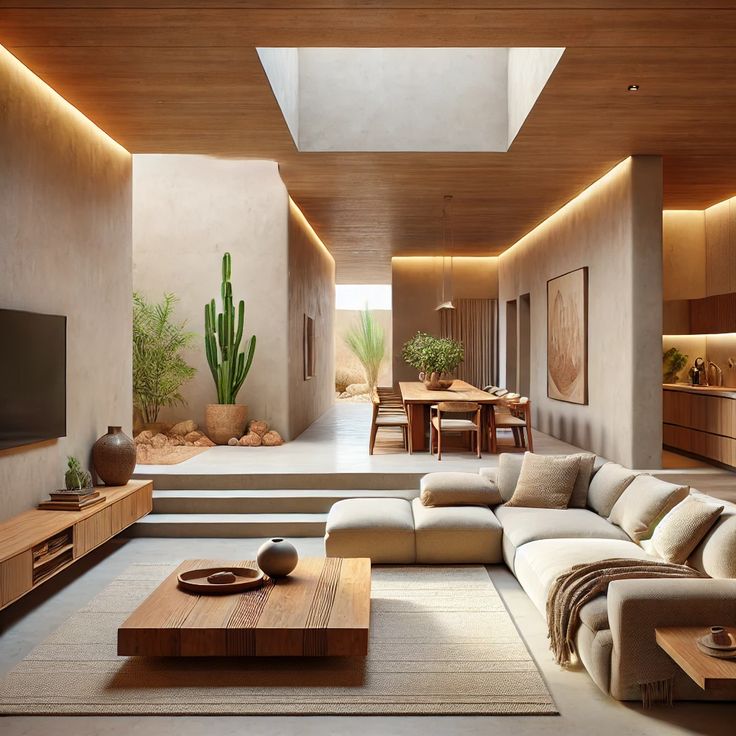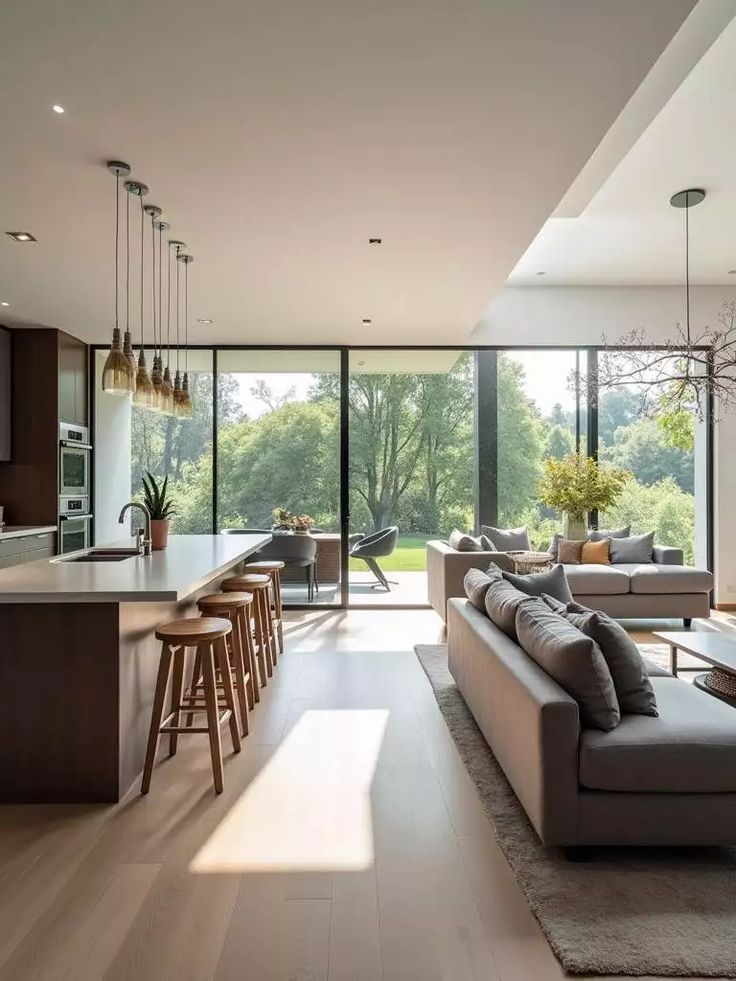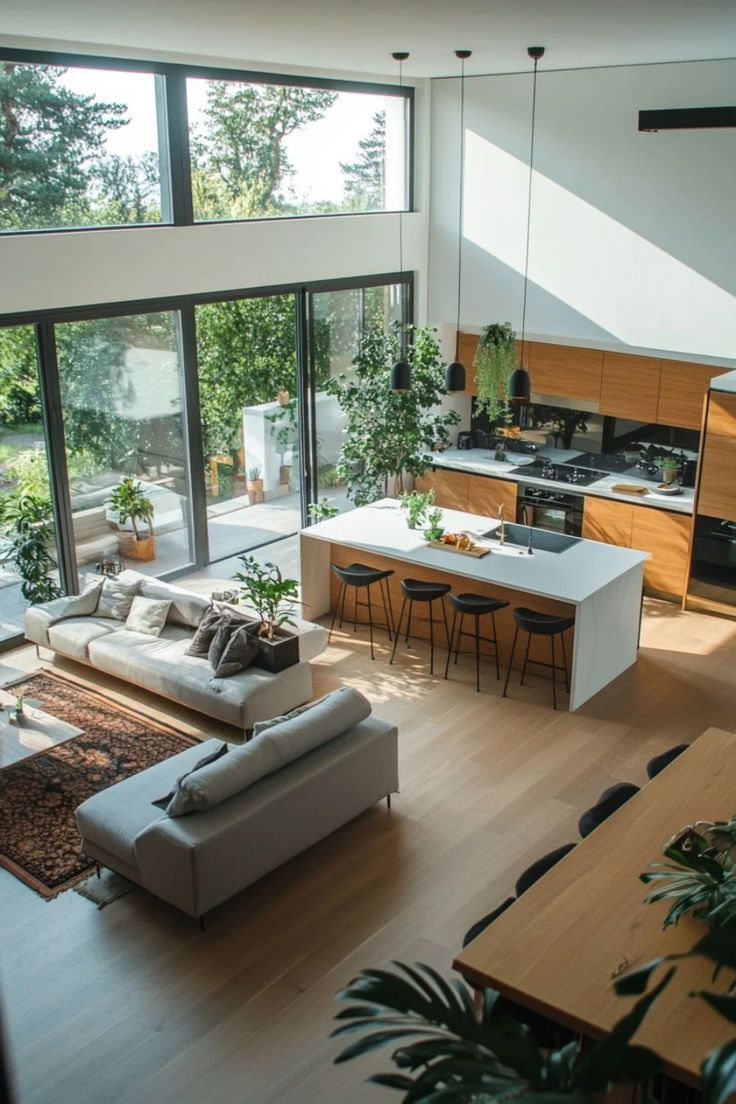
Designing a home is more than just choosing the right furniture and paint colors—it’s about creating an environment that supports the lifestyle and well-being of everyone who lives in it. For neurodivergent individuals, thoughtful interior design can make a dramatic difference in comfort, productivity, and daily life.
At Sierra Contracting, based in Dubai, we believe in crafting spaces that feel good for everyone. In this post, we’ll walk you through essential principles and practical strategies for neurodivergent-friendly interior design—including sensory-friendly interiors, autism design tips, and how to embrace inclusive design for more empathetic and functional homes.
What Is Neurodivergence?
Before diving into design, let’s briefly define neurodivergence.
Neurodivergent individuals experience the world differently in terms of how they process information, sensory input, emotions, and communication. This includes people with:
- Autism spectrum disorder (ASD)
- ADHD
- Sensory Processing Disorder
- Dyslexia
- Tourette Syndrome
- And more
While each individual has unique needs, interior design can be tailored to accommodate their specific sensory and cognitive preferences—ultimately making the home a supportive, calming, and empowering space.

The Importance of Neurodivergent-Friendly Interior Design
A well-designed space can do more than just look beautiful—it can soothe anxiety, reduce overstimulation, improve focus, and enhance daily routines. That’s the goal of neurodivergent-friendly interior design: to make a home feel like a safe and functional retreat rather than a source of stress.
Let’s explore how.
-
Sensory-Friendly Interiors Start with the Right Lighting
- Use Natural Light Strategically
Natural daylight is grounding and non-invasive. Try to:
- Maximize windows and skylights
- Use sheer curtains to diffuse harsh light
- Avoid flickering fluorescent lights
- Layered Lighting Is Key
Include a mix of ambient, task, and accent lighting. Individuals with sensory sensitivities may benefit from dimmable lighting options and warm-tone LEDs. These offer flexibility and reduce overstimulation.
💡 Tip: Use light-blocking zones in areas like bedrooms or reading corners for added sensory relief.
Want to explore more lighting techniques? Visit our guide on color psychology in home design for mood-enhancing design strategies.

-
Sound Management and Acoustics
Excessive or unpredictable noise can be distressing for many neurodivergent individuals.
- Noise Reduction Tactics:
- Add area rugs, soft furnishings, or acoustic panels
- Use soundproofing in walls or doors
- Install white noise machines or calming nature sounds
- Zoning Spaces
Consider zoning different areas to separate noisy activities (like cooking or TV watching) from quiet ones (like studying or relaxing).
-
Color Choices That Calm
Color can have a profound impact on mood and comfort. For sensory-friendly interiors, soft, muted colors often work best.
Best Colors for Neurodivergent Spaces:
- Pale blues, soft greens, beiges, and earth tones
- Avoid overly saturated reds or bright neons (these can cause stress or distraction)
- Consider a monochromatic palette for simplicity
For a deeper dive into color use, check out this article on color psychology.
-
Functional and Flexible Furniture
Comfort and accessibility are priorities in neurodivergent-friendly interior design.
- Prioritize Ergonomics and Comfort:
- Soft seating
- Bean bags or sensory chairs
- Height-adjustable tables and desks
- Create Clear Traffic Paths
Cluttered or confusing layouts can lead to anxiety or sensory overload. Use consistent spacing and define paths between zones.
-
Safe and Soothing Textures
Tactile elements play a large role in inclusive design.
- Texture Zones
Designating different areas with varied textures—soft rugs, smooth surfaces, knitted blankets—can provide comfort and sensory exploration.
- Avoid Irritating Materials
Stay away from coarse fabrics, scratchy finishes, or highly reflective surfaces that might feel uncomfortable or overwhelming.
-
Creating Retreat Spaces: Calm Zones
Every neurodivergent-friendly home should include a calm-down area—a space where someone can retreat when overwhelmed.
Ideas for Sensory Retreats:
- A small reading nook with dim lighting
- A canopy corner with soft pillows and blankets
- A quiet tent or pod space
- A sound-insulated room with sensory toys or fidget tools
These safe spaces offer predictability and comfort when emotions run high.
-
Autism Design Tips: Reduce Visual Overload
Clutter, excessive patterns, and chaotic layouts can overwhelm the senses.
- Maintain Visual Order
- Use storage bins and labels
- Stick to consistent shapes and lines
- Avoid overly busy wallpaper or patterns
- Use Visual Cues
Incorporate signs, color coding, or icons that help with navigation and routines—especially for children with autism.

-
Technology Integration with Mindfulness
Smart home systems can be a huge help—if they’re intuitive and calming.
Smart Features to Consider:
- Lighting control apps
- Voice-activated assistants
- Timers and schedules for routines
- Security cameras for peace of mind
However, avoid overly complex setups, too many notifications, or tech with disruptive sounds or lights.
-
Encourage Autonomy Through Design
A crucial principle of inclusive design is empowering each resident to feel in control of their space.
Design strategies include:
- Adjustable furniture or shelving
- Customizable lighting and climate settings
- Easily accessible storage
- Choice of decor or textures based on personal preference
Involving neurodivergent individuals in the design process can ensure that the space truly supports their comfort and independence.
Final Thoughts: Designing with Empathy and Intention
Neurodivergent-friendly interior design is not about compromise—it’s about customization.
By embracing sensory-friendly interiors, applying autism design tips, and following inclusive design principles, you can build a home that’s not only functional and stylish—but one that supports emotional and mental well-being.
At Sierra Contracting, we’re committed to creating homes in Dubai that are as diverse and dynamic as the people who live in them. Whether you’re designing for yourself or a loved one, our team is here to help you plan a space that’s comfortable, calming, and truly personalized.
Need expert help designing a supportive and stylish home?
Let us help. Start by visiting our guide on color psychology in home design to learn more about how color, light, and space impact mood.




